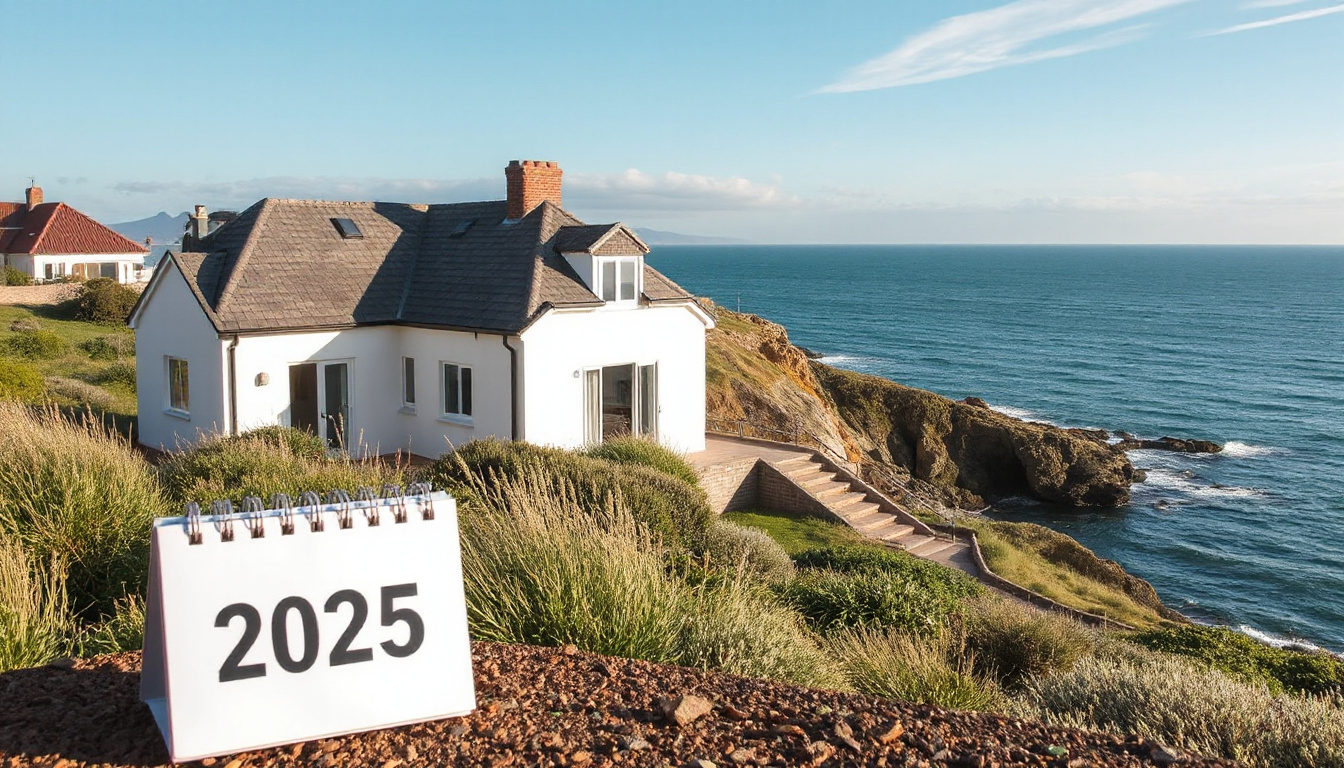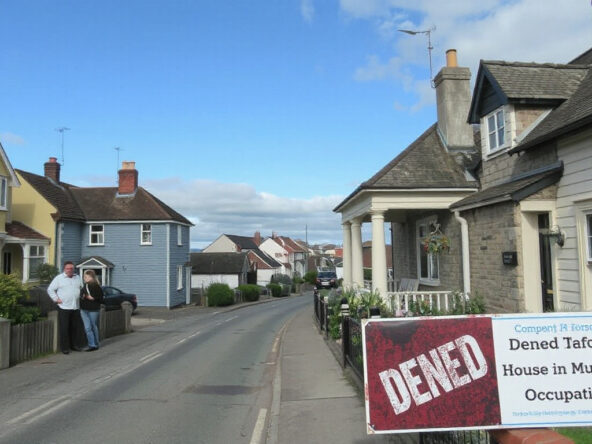Understanding the Surge in Council Tax for Second Homes in England
In April 2025, second home owners in England face a higher council tax. Local councils change tax rules much like those in Scotland and Wales. Property investors and homeowners must read these changes well to plan for extra costs.
The New Council Tax Premium
New rules from early 2024 let councils add a council tax premium to second homes. This premium can reach 100% for homes that are not the main place. Many councils already voted for this new rule. They set the rule to help with housing issues in busy holiday areas (MoneyWeek). The typical bill may rise from about £2,171 to around £4,342 a year. This change is seen in areas such as Cornwall, South Hams, and Cumberland, where tourists come in large numbers (Local Government Chronicle).
Expected Impact and Reaction
More than 150 local councils plan to use this tax rule. The tax may bring councils over £100 million more each year. Critics say the rule may hurt property investors and slow house prices in coastal and rural spots (Zoopla). Bankers and owners now face higher stamp duty and less help with mortgage interest for buy-to-let homes. This added strain may shake the market and lower trust (MoneyWeek).
Checking Local Policies
Homeowners should check with their local council to see if the rule applies to their home. Some councils in Bath and North East Somerset and East Devon have already set these rules (MoneyWeek). A visit to your council’s website will show details for your area. You can also search by entering your postcode at the government portal.
Categories of Properties Affected
A home counts as a second home if it is furnished yet not used as the main residence. Some people do not fully understand this idea. One wooden hut in Pembrokeshire saw its tax triple even if it was not livable. This case shows how tough council tax can be (BBC).
Differentiation: Buy-to-Let and Holiday Lets
Homeowners need to know how tax works on buy-to-let properties and holiday lets. For buy-to-let properties, tenants usually pay the tax. This rule stops landlords from getting the extra tax penalty. If a home operates as a house in multiple occupation (HMO), the landlord must pay the tax and may add this cost to rent (MoneyWeek).
On the other hand, holiday lets may be free from tax if they meet certain rules. In England and Scotland, a home must be available for short-term renting for at least 140 days a year and actually rent for a minimum of 70 nights. In Wales, the home must be ready for 252 days and actually let for 182 nights (MoneyWeek).
Potential Solutions and Exemptions
If you face a high tax bill for a home you think should be exempt, call your local council or the Valuation Office Agency. They can help you challenge your tax band or remove your home from the tax list. Some homes in major renovation or in probate may get an exemption. Homeowners should study these paths to choose the best one.
Conclusion
England will see a jump in council tax for second homes starting in April 2025. Property owners and investors must learn what these changes mean for them. As local councils change rules to help more people find affordable housing, owners must review their plans and adjust their strategies.
For investors who want to plan ahead or learn more about property rules, it is best to stay informed and act early. With a clear view of local tax rules and available exemptions, property owners can stand ready in a changing market.



